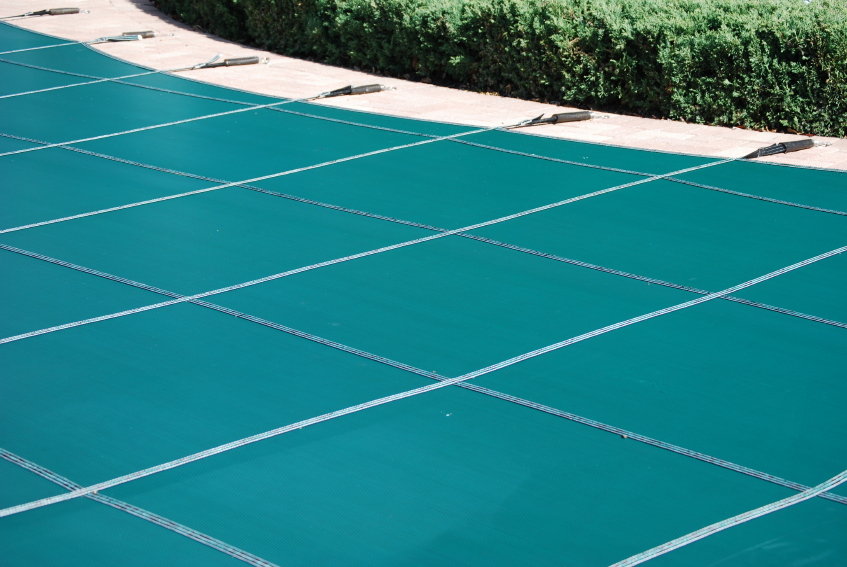If you are a pool owner and live in an area of the country where you experience all four seasons, this can be both a blessing and a curse. The months of autumn and winter can be truly beautiful, with changing and falling leaves, lovely blankets of crisp white snow, and crisp temperatures. As a pool owner, however, it can be difficult to enjoy the colder months of the year with the seemingly daunting task of winterizing your pool looming.
Taking steps to properly close and winterize your pool around September or October of each year is extremely important to prolonging the life of your pool and avoiding expensive repairs in the long run. A properly winterized pool will be well protected from the elements during even the most frigid months of winter, while a pool that is not properly winterized can end up with burst pipes, cracked surfaces, and many other issues that can be expensive to fix.
Many pool owners are under the mistaken assumption that winterizing a pool needs to be a complicated process. This is not the case. All you need are the right supplies and a couple hours of your time to have your pool ready for the cold.
How to winterize a pool
First of all, you should make sure that you have all of the necessary supplies on hand before you begin. This includes duct tape, water, a pool cover, a pool chemical test kit, pool chemicals, tubes and water plugs. Also, try to pick a day when you will have decent weather so that you do not get caught in the rain, snow or gusty winds that will make it difficult to work.
Once you have everything you need, start by ensuring that your pool’s chemical levels are correct. This is something that you should have been doing all summer anyway, so you should already have chemicals and a test kit on hand. It shouldn’t take more than a few minutes to reach the proper pH levels.
Next, use a skimmer and vacuum to ensure that the water is clear of debris and other particles. Then, add shock to the pool and backwash the filter of the pool itself. Once this is done, you should use your pool’s air compressor to clear out and dry the filter and its attached components. You will need to make sure that all water is blown out and that there is no excess liquid left in the filer or any of its components. Otherwise, this liquid could freeze and cause cracks to form.
You should then use the compressor to blow out all other lines and pipes to and from the pool. You can tell that they are dry when bubbles begin to emerge on the other side. Once they are all clear of water, insert water plugs. These will keep water out during the winter. Use the duct tape to wrap any exposed parts of the pool’s pipes before placing your pool cover on. If you have trees that could cause leaves or other debris to fall on the pool cover, make sure that you brush the cover off from time to time to prevent it from sagging.
By following these steps, you will have your pool ready for winter in no time! Now, are you ready for the cold and frigid months?
Post Author: andyc.




